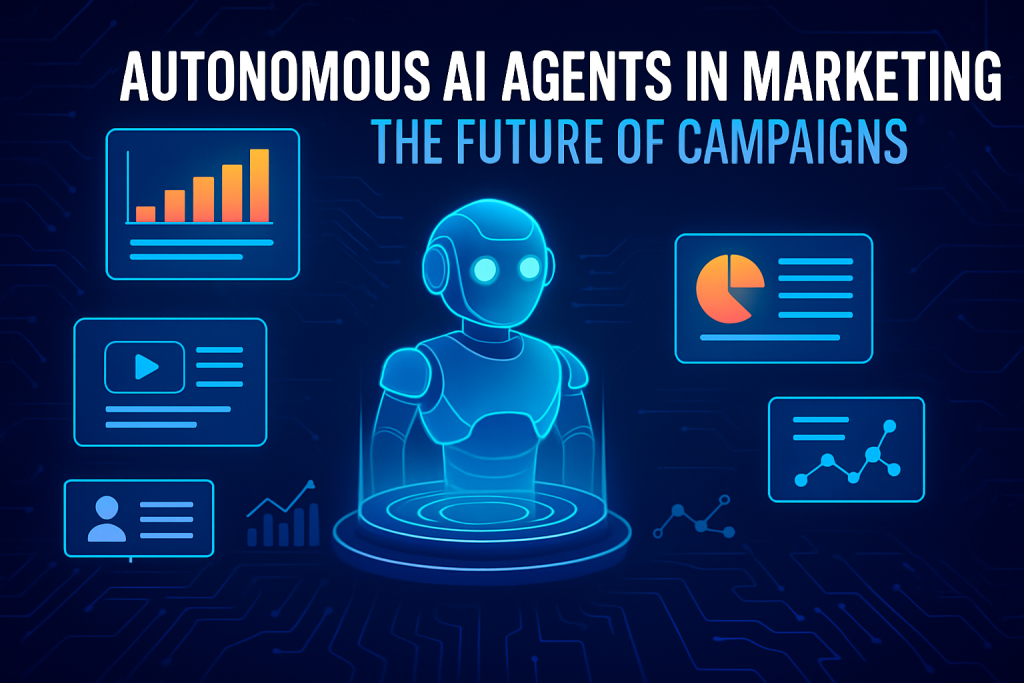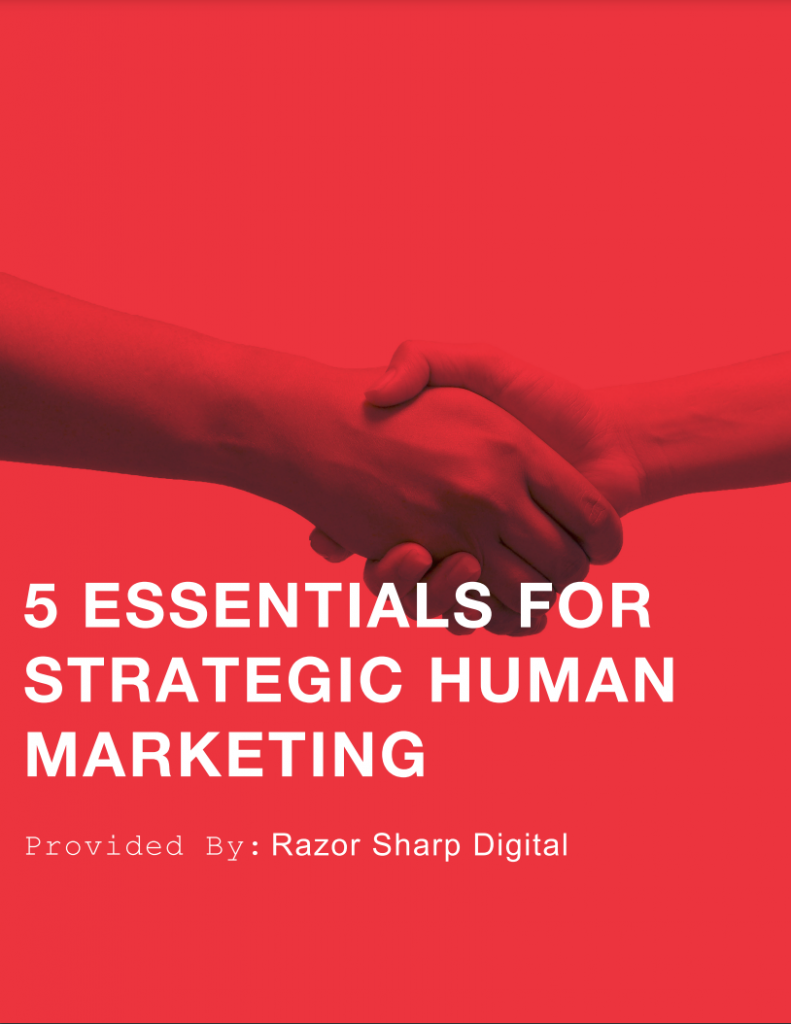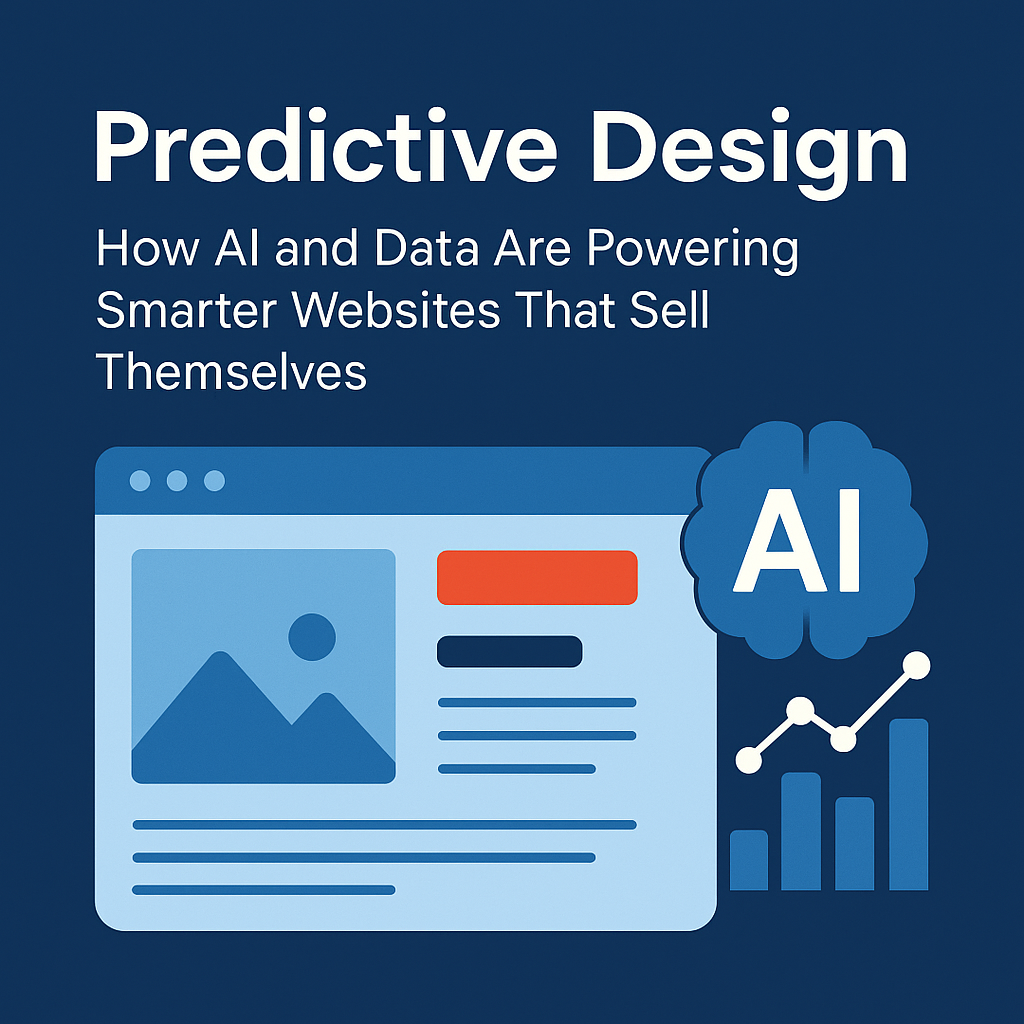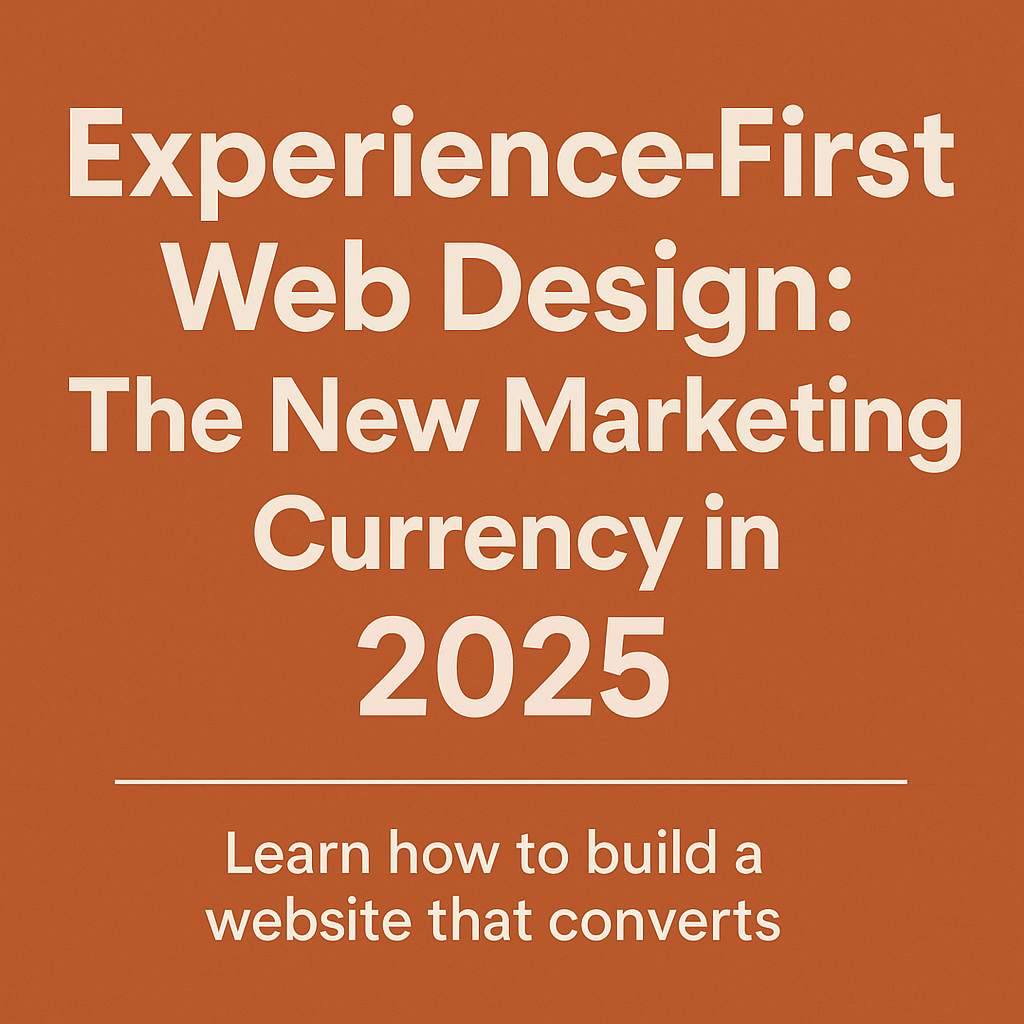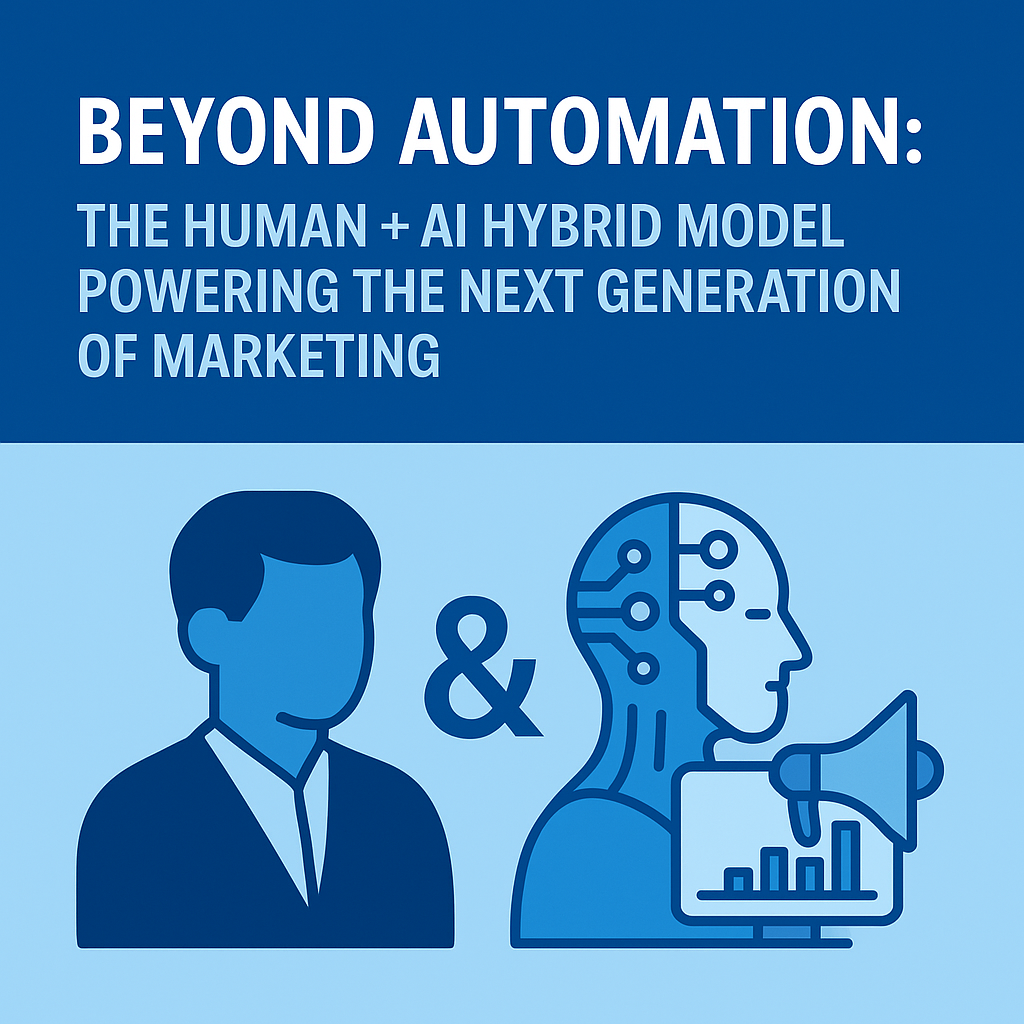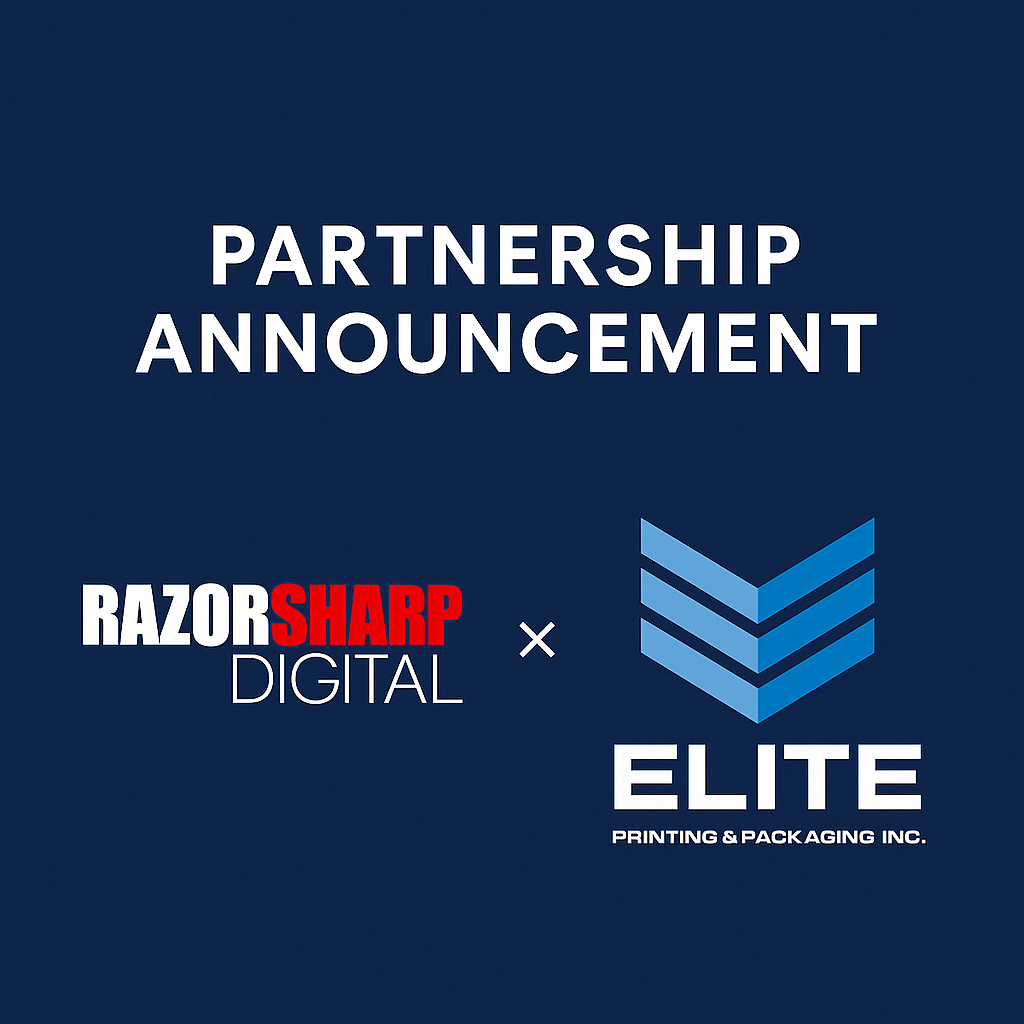This is the dawn of campaigns that think for themselves.
In this article, we’ll explore what autonomous AI agents are, how they’re reshaping marketing, real-world use cases, benefits, risks, and what businesses need to do today to prepare for this new era.
What Are Autonomous AI Agents?
Autonomous AI agents are systems powered by large language models (LLMs), reinforcement learning, and multi-step reasoning. Unlike static AI tools, agents:
-
Perceive: Ingest live data (customer behavior, competitor moves, market signals).
-
Decide: Evaluate options and choose the most effective action.
-
Act: Execute campaigns, deploy content, adjust bids, or engage audiences.
-
Learn: Refine strategies through continuous feedback loops.
Think of them as “virtual marketers” that don’t just assist you—they run entire workflows from start to finish.
Why Now? The Rise of Marketing Agents
Three converging forces have accelerated the rise of autonomous agents in marketing:
-
Generative AI Maturity – LLMs like GPT-5 and Claude can now reason across complex tasks, not just produce outputs.
-
Automation Infrastructure – APIs, CRMs, and ad platforms are increasingly agent-friendly, allowing seamless integration.
-
Pressure on Efficiency – Businesses are under pressure to do more with less. Agents cut time, cost, and headcount.
Use Cases: How Autonomous Agents Transform Marketing
1. Campaign Orchestration
Instead of manually setting up campaigns across Google, Meta, and TikTok, an AI agent can:
-
Research audience trends
-
Draft copy variations
-
Design visuals (via AI image/video generators)
-
Launch campaigns across platforms simultaneously
-
Continuously A/B test and optimize
2. Customer Engagement
Agents can act as 24/7 brand representatives. They can:
-
Respond to DMs, emails, and live chat
-
Personalize offers in real-time
-
Escalate only when human judgment is required
Unlike chatbots of the past, these agents can carry multi-turn, context-rich conversations indistinguishable from a skilled human rep.
3. Content Scaling
Imagine telling an agent: “Run a LinkedIn thought-leadership campaign targeting CFOs in healthcare.” Within minutes, it:
-
Gathers trending pain points
-
Drafts 10 LinkedIn posts, 3 articles, and a short video script
-
Suggests influencers to partner with
-
Schedules content across a month-long calendar
4. Ad Optimization
Media buyers often spend hours adjusting bids and targeting. Autonomous agents can:
-
Monitor ad spend in real-time
-
Reallocate budget to top-performing creatives
-
Pause underperforming campaigns instantly
-
Suggest new audience segments
5. Market Research & Competitive Intelligence
Agents can:
-
Crawl the web for competitor campaigns
-
Analyze tone, positioning, and offer structure
-
Synthesize findings into dashboards
-
Recommend counter-strategies
Benefits of Autonomous AI Agents in Marketing
-
Scalability – Manage dozens of campaigns simultaneously without adding headcount.
-
Speed – Execute in seconds what takes humans hours or days.
-
Cost-Efficiency – Reduce media waste by optimizing spend 24/7.
-
Personalization at Scale – Tailor messages to individuals, not just segments.
-
Always-On Execution – Agents don’t sleep; they adapt continuously.
Risks and Challenges
-
Loss of Control – Delegating decision-making risks brand inconsistency.
-
Bias and Ethics – Agents may reinforce harmful stereotypes if unchecked.
-
Over-Reliance – Businesses risk losing strategic creativity if humans disengage.
-
Data Security – Agents processing sensitive data raise compliance concerns.
-
Trust Gap – Customers may push back if interactions feel too “robotic.”
Human + AI: The New Marketing Equation
The goal isn’t replacing humans—it’s rebalancing the workload. Humans bring empathy, creativity, and brand vision. AI agents bring execution, optimization, and relentless data crunching. Together, they form a hybrid model:
-
Human role: Set brand vision, ethical guardrails, and creative direction.
-
AI agent role: Automate execution, test hypotheses, deliver real-time insights.
Framework: How to Adopt Autonomous AI Agents
-
Audit Workflows – Identify repetitive, high-volume tasks ripe for automation.
-
Pilot Agents – Start small: test agents on campaign monitoring or content drafting.
-
Establish Guardrails – Define boundaries for brand voice, compliance, and escalation.
-
Measure ROI – Track savings in time, cost, and performance lift.
-
Scale Intelligently – Gradually expand to orchestration, engagement, and strategy.
The Future of Marketing: Campaigns That Think for Themselves
Autonomous AI agents are not a fad—they’re the next evolution of marketing technology. In the next 2–3 years, we’ll likely see:
-
Entirely agent-run micro-campaigns that launch and retire within hours.
-
Agents negotiating ad buys directly with platforms.
-
Hyper-personalized experiences for every customer touchpoint.
-
A redefined role for marketers: less execution, more strategy, ethics, and vision.
The winners in this new era won’t be those who resist, but those who embrace agents as partners. The future belongs to brands that can think human but execute machine-speed.
We’re entering a world where campaigns don’t just run—they think, adapt, and evolve. Autonomous AI agents are unlocking a new level of marketing agility, efficiency, and personalization. But they’re not a silver bullet. Brands must keep humans in the loop to ensure creativity, empathy, and trust.
The marketers who thrive will be those who stop fearing AI as a replacement and start leveraging it as an autonomous partner. Because the future of marketing isn’t human vs. machine—it’s human + machine, building campaigns that think for themselves.



